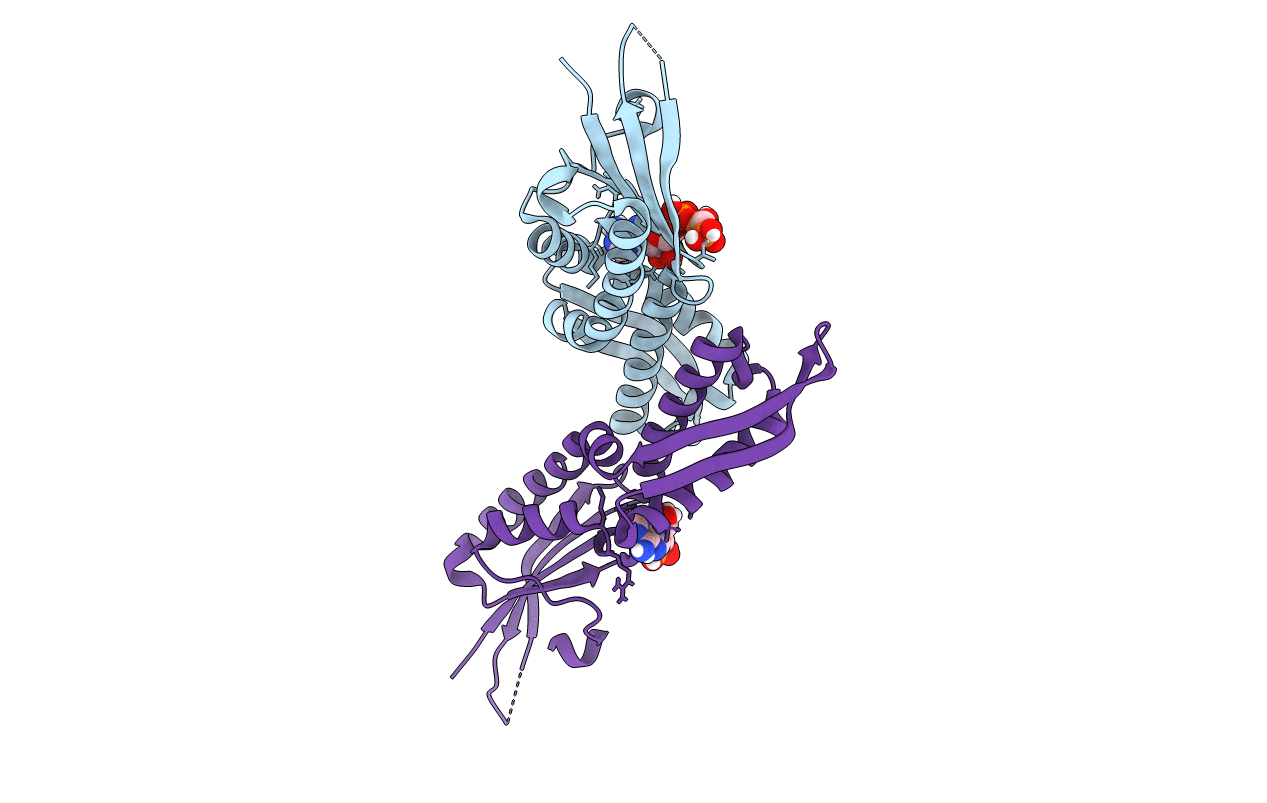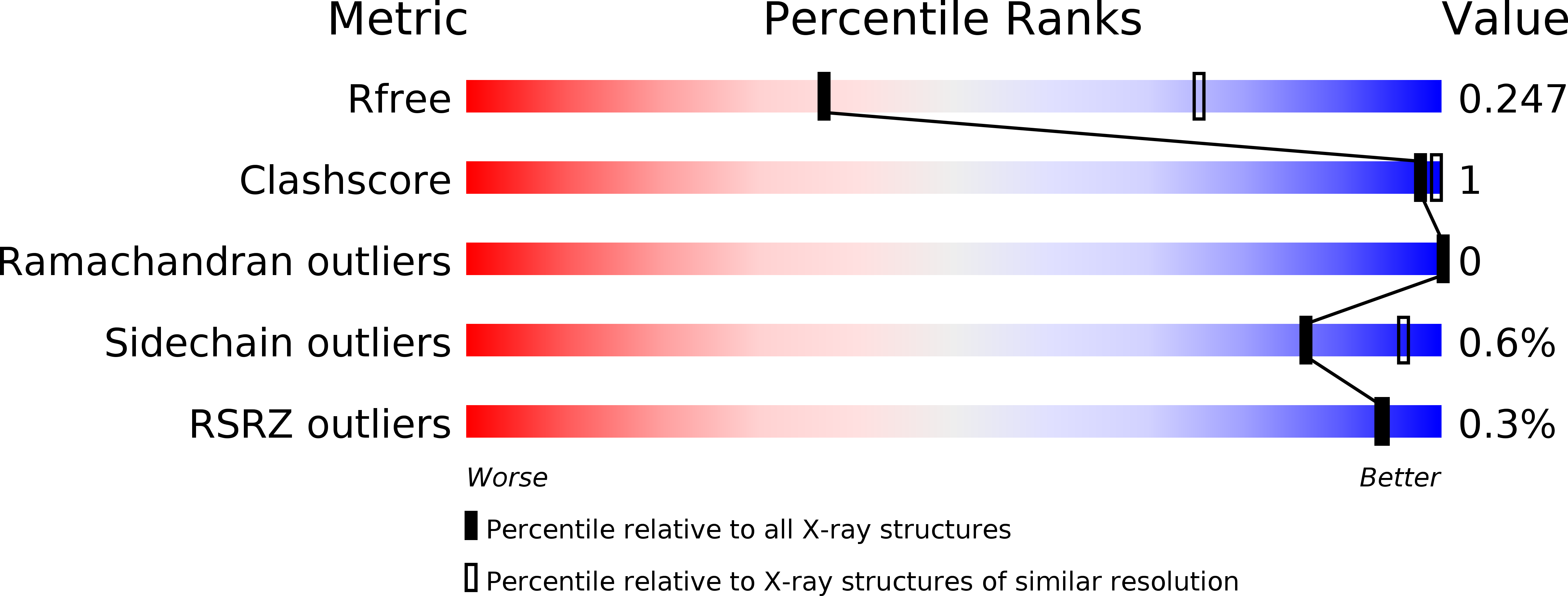
Deposition Date
2017-08-09
Release Date
2018-04-25
Last Version Date
2024-01-17
Entry Detail
PDB ID:
5OOW
Keywords:
Title:
Crystal structure of lobe II from the nucleotide binding domain of DnaK in complex with AMPPCP
Biological Source:
Source Organism:
Escherichia coli (strain K12) (Taxon ID: 83333)
Host Organism:
Method Details:
Experimental Method:
Resolution:
2.90 Å
R-Value Free:
0.24
R-Value Work:
0.23
R-Value Observed:
0.23
Space Group:
P 1 21 1


